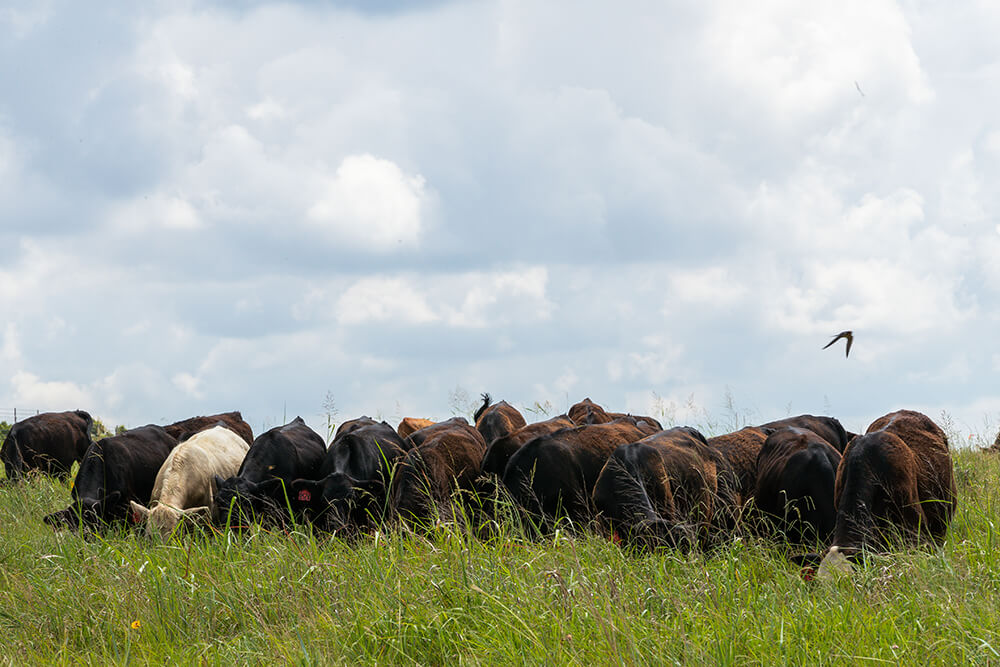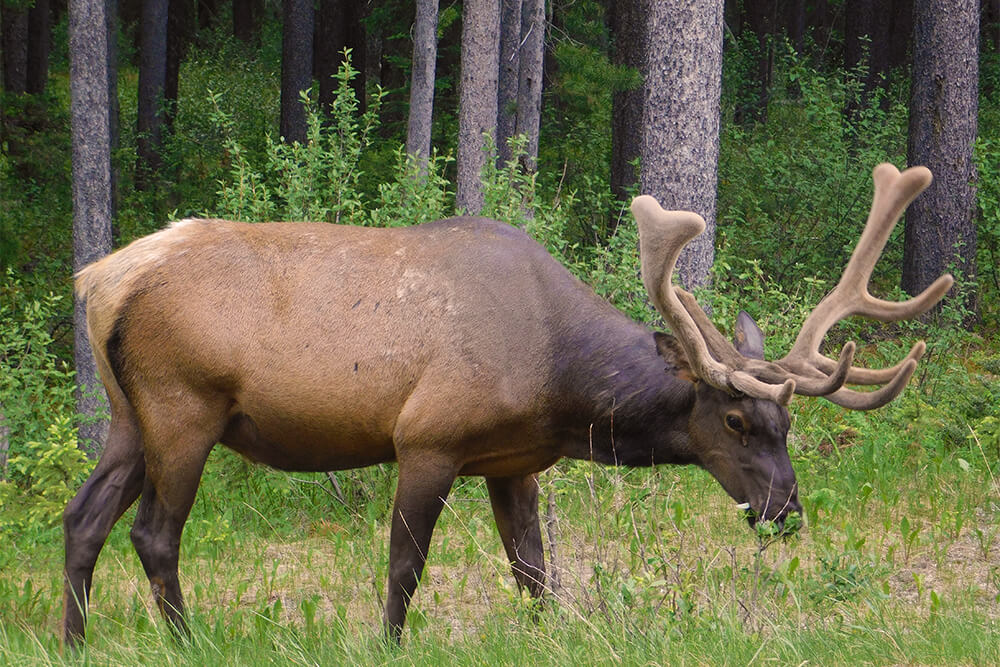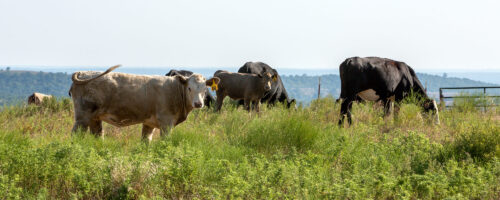Want to Optimize the Energy Flow on Your Ranch? Maintain Abundant Plant Leaves
The leaf is the primary part of a plant that captures sunlight for photosynthesis. For an optimum energy flow, we want abundant leaves.
All land managers should be concerned about energy flow because an effective energy flow is important for improving soil, plant production, animal production and income. On land, energy flow starts with plants capturing sunlight and converting it into plant tissues and compounds through photosynthesis.
When energy flow is managed well, plant roots feed soil microbes, which help improve soil structure and increase organic matter. More fertile soil, more plant biomass and more nutritious plants support more animals.

The energy flow, sometimes referred to as the energy cycle, starts with the sun. Plants capture the sun’s energy through their leaves — the solar panels that drive the energy cycle. A plant uses this energy to turn carbon dioxide into food for itself and soil microbes, which in turn provides food and energy for herbivores and ultimately for other organisms including humans.
Animals serve roles in the energy flow
Many animals (e.g., herbivores and omnivores) consume and digest plants with the plants providing energy for animal growth and metabolic processes. Other animals (e.g., carnivores, omnivores and scavengers) then consume these animals providing energy for their growth and metabolic processes. After both plants and animals die, scavengers, decomposers and detritivores use some of the remaining bits of energy in the flow for their growth and metabolic processes.
Some people refer to energy flow as an energy cycle, but energy mostly follows a one-way path through this process, rather than continually cycling. Some energy is dissipated during each step of the process. Continuation of an effective energy flow depends upon plants continuing to collect sunlight and continuing to convert the sun’s energy into plant tissues and compounds.

When grazing, leave plenty of leaves
The leaf is the primary part of a plant that captures sunlight for photosynthesis. For an optimum energy flow, we want abundant leaves. To optimize sunlight collection, we want a variety of leaf types and shapes, which occurs when we maintain good plant species diversity.
When grazing livestock, we should try to impact less than 50% of green leaves during a grazing event considering both consumption and trampling.
Good grazing management involves managing the ecological processes of herbivory and rest to optimize energy flow.
Mike Porter
After plants are grazed, they should be rested long enough to allow full recovery before grazing them again. Brief grazing impact accompanied by full recovery helps optimize energy flow. Recovery is a dynamic process that varies according to several factors such as plant species, rainfall, temperature and leaf area removed. In temperate areas, full recovery can occur in as little as 28 days for some perennial grasses under ideal growing conditions or might require more than 365 days for some perennial grasses during dry or cold conditions.
Good grazing management involves managing the ecological processes of herbivory and rest to optimize energy flow. Proper grazing is necessary to maintain adequate leaf biomass and healthy productive soil. When too much leaf area is repeatedly removed, root biomass decreases and supports fewer soil microbes. Living roots, active soil organisms and relatively rapid recycling of plant and animal tissues and their wastes are necessary to improve soil properties, plant production, animal production and income.
Abundant leaves also help protect soil from erosion and temperature extremes (keep soil cooler during summer and warmer during winter). Therefore, abundant leaves help keep soil temperatures in the desirable range for plant growth and soil microbe function for longer periods of time.

Improve energy flow to increase income
Plants can be marketed directly through plant products such as standing forage, hay, grains or lumber, or indirectly through animals that consume plants, such as livestock, poultry and wildlife. When we manage in a manner that allows energy flow to be effective, we can increase income through improvements to soil properties, plant production and animal production.
Capitalizing on the sun’s energy by maintaining an effective energy flow is a major focus of regenerative management. It is logical to optimize use of the sun’s free energy source rather than trying to compensate for ineffective energy flow management by substituting relatively expensive inputs such as equipment, fossil fuels, fertilizers, pesticides, hay and labor.

Energy flow is one of four ecological processes that all ranchers and farmers should monitor and manage — the others being the water cycle, nutrient cycle and community dynamics (community dynamics refer to changes in community structure and composition over time, which are influenced by herbivory, fire, rest and other ecological processes). Management that supports ecosystem processes allows nature to work for us rather than against us.
Do you have questions about energy flow? Please type them in the comments below so we can address them in a future story.



Comment